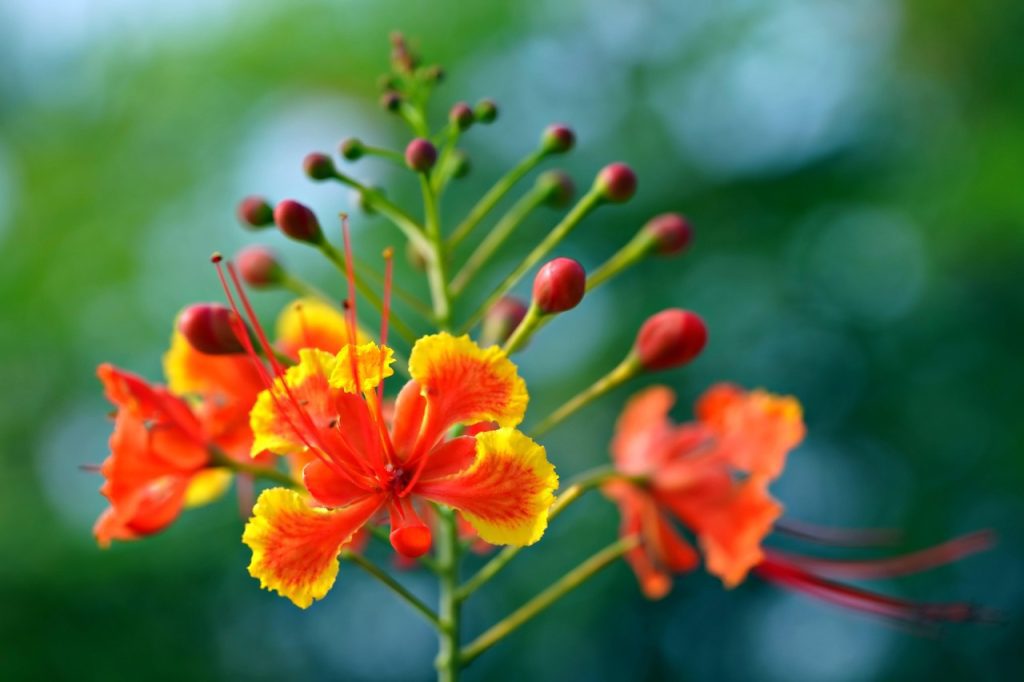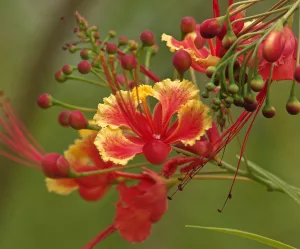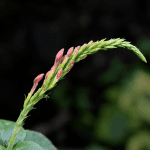Did you know that the colorful Peacock Flower (Caesalpinia pulcherrima) is more than just an ornamental plant? This tropical shrub, commonly found in Asia, the Caribbean, and South America, is loaded with powerful medicinal properties. From promoting women’s health to easing respiratory issues, Peacock Flower benefits have been embraced in traditional medicine for centuries.
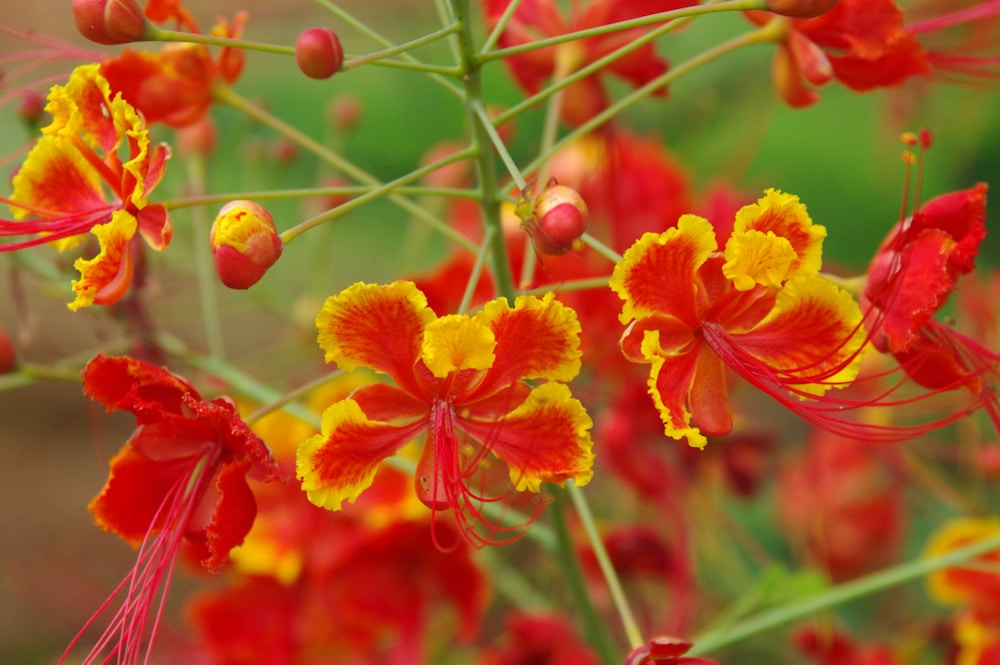
In this article, we’ll explore the top health benefits of Peacock Flower, its traditional uses, and how you can include it in your natural wellness routine.
Table of Contents
What Is the Peacock Flower?
The Peacock Flower, also known as Barbados Pride or Dwarf Poinciana, is a fast-growing shrub admired for its vivid red, orange, and yellow blossoms. While widely grown for landscaping, this plant holds medicinal value in Ayurveda and folk medicine.
Common Names of Peacock Flower
- Barbados Pride
- Red Bird of Paradise
- Caesalpinia pulcherrima
- Dwarf Poinciana
Top Peacock Flower Benefits for Health
Let’s break down the most effective and science-backed Peacock Flower benefits you should know.
1. Supports Women’s Reproductive Health

One of the most well-documented traditional uses of the Peacock Flower is for menstrual regulation. The plant is known to:
- Stimulate menstrual flow (emmenagogue)
- Soothe menstrual cramps
- Promote uterine health
Note: Due to its strong effects, pregnant women should avoid this herb without medical supervision.
2. Relieves Respiratory Conditions
Traditional healers often used Peacock Flower extracts for treating:
- Cough
- Bronchitis
- Asthma
Its expectorant properties help clear mucus and ease breathing.
3. Acts as a Natural Antibacterial Agent
Peacock Flower contains phytochemicals like flavonoids and tannins that provide antibacterial and anti-inflammatory benefits, making it useful for:
- Minor wounds
- Skin infections
- Boils and ulcers

4. Helps Manage Fever and Inflammation
Used as a natural febrifuge, Peacock Flower has compounds that may help reduce:
- Body temperature during fever
- General inflammation
- Body aches
Other Traditional Uses of Peacock Flower
In Ayurvedic and folk medicine, every part of the Peacock Flower plant has been used therapeutically.
Root
Used as a deworming agent and in remedies for urinary tract infections.
Leaves
Infusions of the leaves help relieve constipation and induce sweating during fevers.
Seeds
Ground seeds are sometimes used in external pastes for treating skin irritations and swelling.
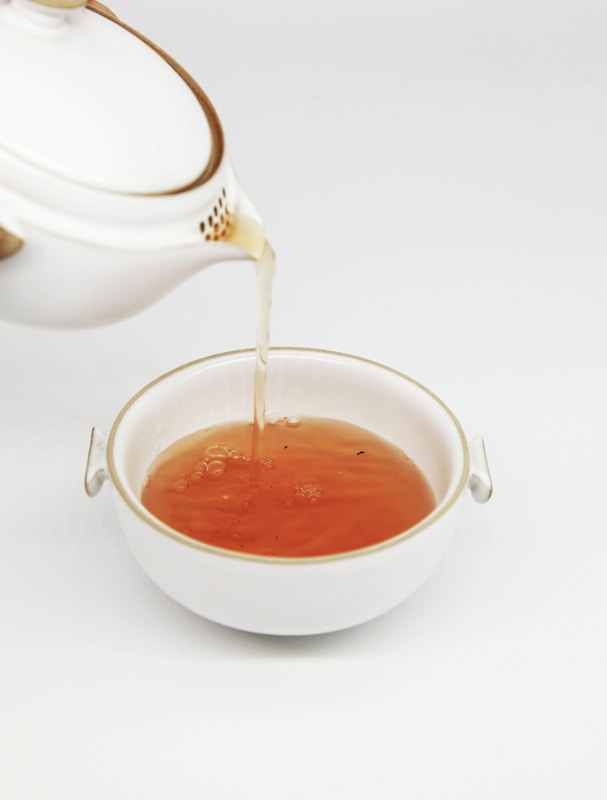
Easy Ways to Use Peacock Flower Safely
While it’s best to consult an herbalist, here are general ways this plant is traditionally used:
Infusion or Tea
Boil dried petals or leaves and drink in small doses for cough relief or menstrual regulation.
Topical Paste
Crushed leaves or flowers are applied to minor skin wounds or insect bites.
Always consult a healthcare provider before starting any herbal remedy.
Is Peacock Flower Safe for Everyone?
While Peacock Flower has many benefits, it must be used with caution.
Avoid if:
- You are pregnant (it may stimulate uterine contractions)
- You have underlying medical conditions without consulting a doctor
- You are allergic to legumes (the plant is part of the Fabaceae family)
Scientific Studies on Peacock Flower Benefits
Modern science is beginning to support traditional claims. Several studies highlight the antimicrobial and anti-inflammatory potential of Caesalpinia pulcherrima:
- A 2015 study in the Journal of Ethnopharmacology confirmed its antibacterial activity against pathogens like E. coli and Staphylococcus aureus.
- Another study published in BMC Complementary Medicine and Therapies (2020) found its extracts effective in reducing oxidative stress and inflammation.
You can read more about these studies from PubMed.
Where to Find Peacock Flower or Its Extracts
Peacock Flower is available in:
- Dried herb form from herbal shops
- Ayurvedic wellness stores
- Some traditional medicine markets
If growing it yourself, ensure it is not treated with pesticides before using it medicinally.
Final Thoughts on Peacock Flower Benefits
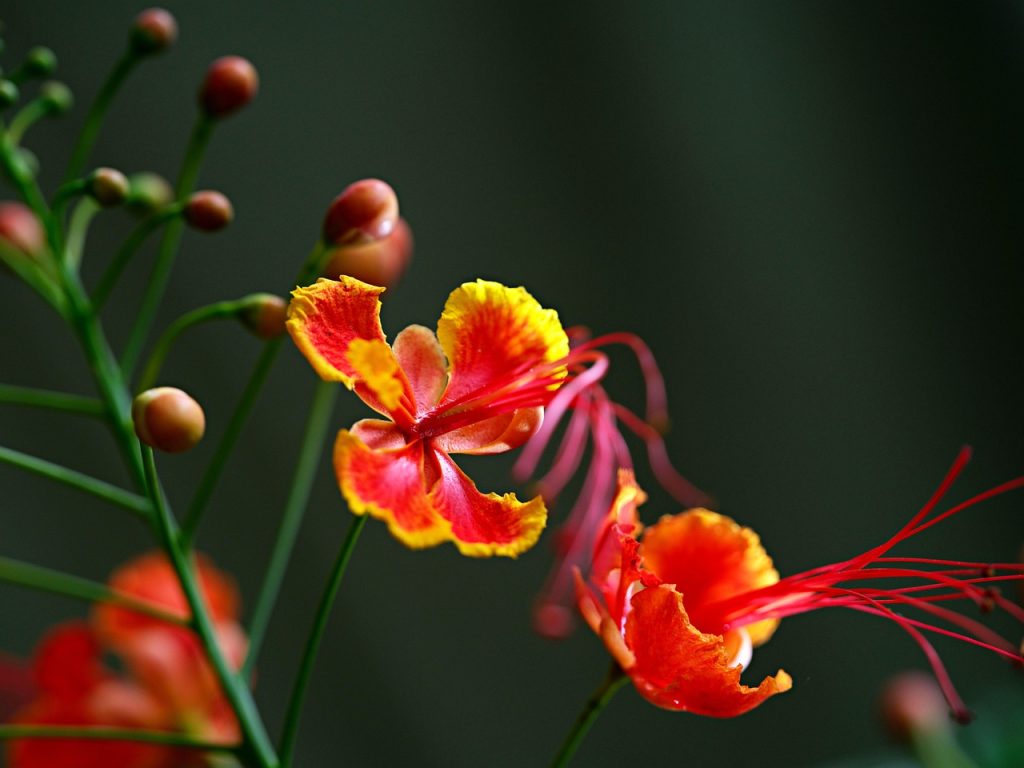
The Peacock Flower is not just a visual delight—it’s a medicinal powerhouse. From supporting women’s reproductive health to offering respiratory relief and antibacterial support, this plant has earned its place in traditional healing systems.
However, as with any herbal remedy, caution and professional guidance are key.
Try It for Yourself
If you’re exploring natural remedies, the Peacock Flower might be a vibrant addition to your herbal wellness toolkit.
Want more herbal health tips?
Visit The Planttube Blog for detailed guides on medicinal plants, health facts, and natural home remedies.

